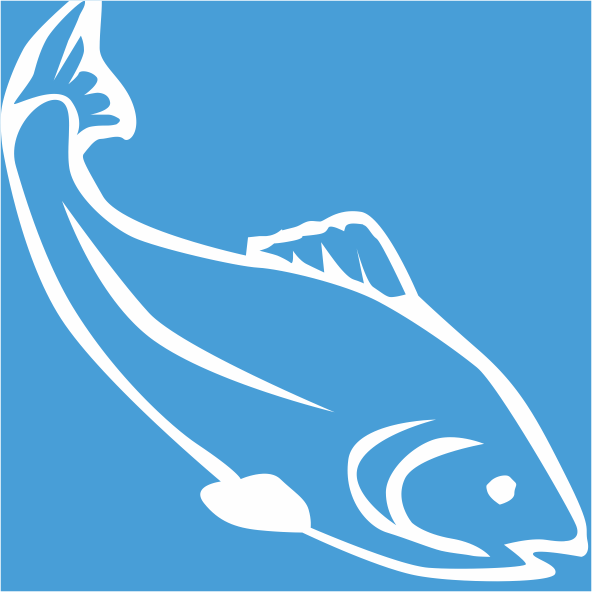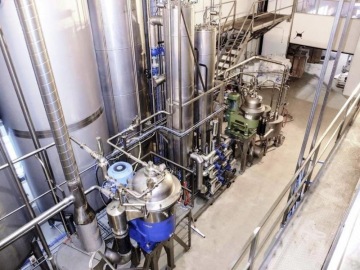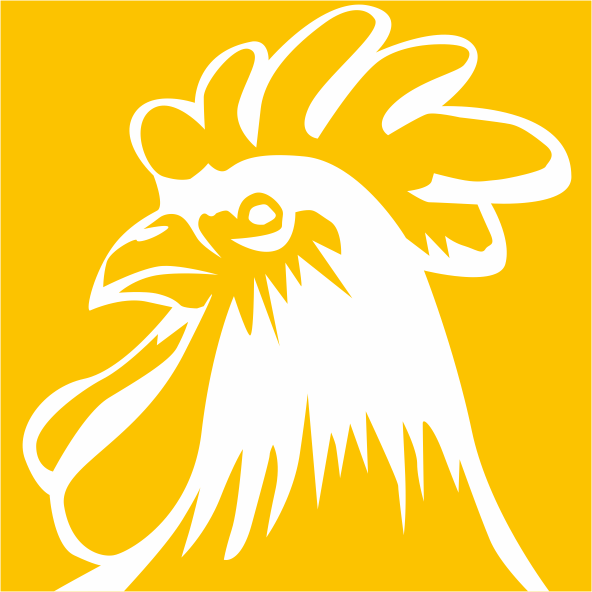The technology of processing fish waste is based on the principle of water extraction of fish oil with the separation of solid particles. The line operates continuously, centrifugal separators operate with short stops. The incoming raw material is ground into pieces no larger than 50 mm in size. Unwanted impurities are separated before the pump.
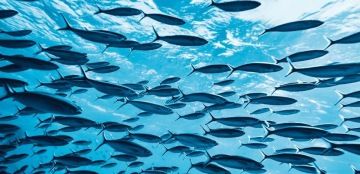
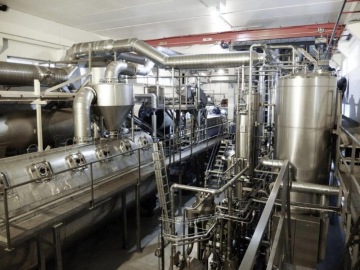
Next, the raw material is heated to a temperature up to the required temperature. After heating and coagulation of proteins, the fish broth is subjected to a two-stage separation of solid particles from the liquid fraction - first on a vibrating separator, then in a twin screw press. The solid fraction is further dried and processed to produce fishmeal.
Subsequently, a fine solid fraction is separated from the liquid fraction using a decanter centrifuge, which is also fed to the dryer. The liquid fraction (centrifuge) enters the disc centrifuge, where it is separated into glue broth and fat. The fat is further cleaned in the next centrifuge and enters the storage tanks.
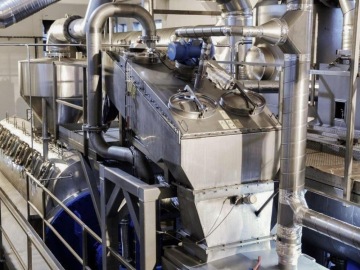
Glue water, released from the disc centrifuge, has only 5% solids in its composition. Further, the water is thickened at the evaporating three-stage station to a solids content of about 30%. Thickened adhesive water is fed to the solid fraction and together with it is dried in a disk dryer. Fishmeal is dried in a vacuum dryer. After drying, the product is cooled and ground to the required granulation. Ready fishmeal is further packaged.


